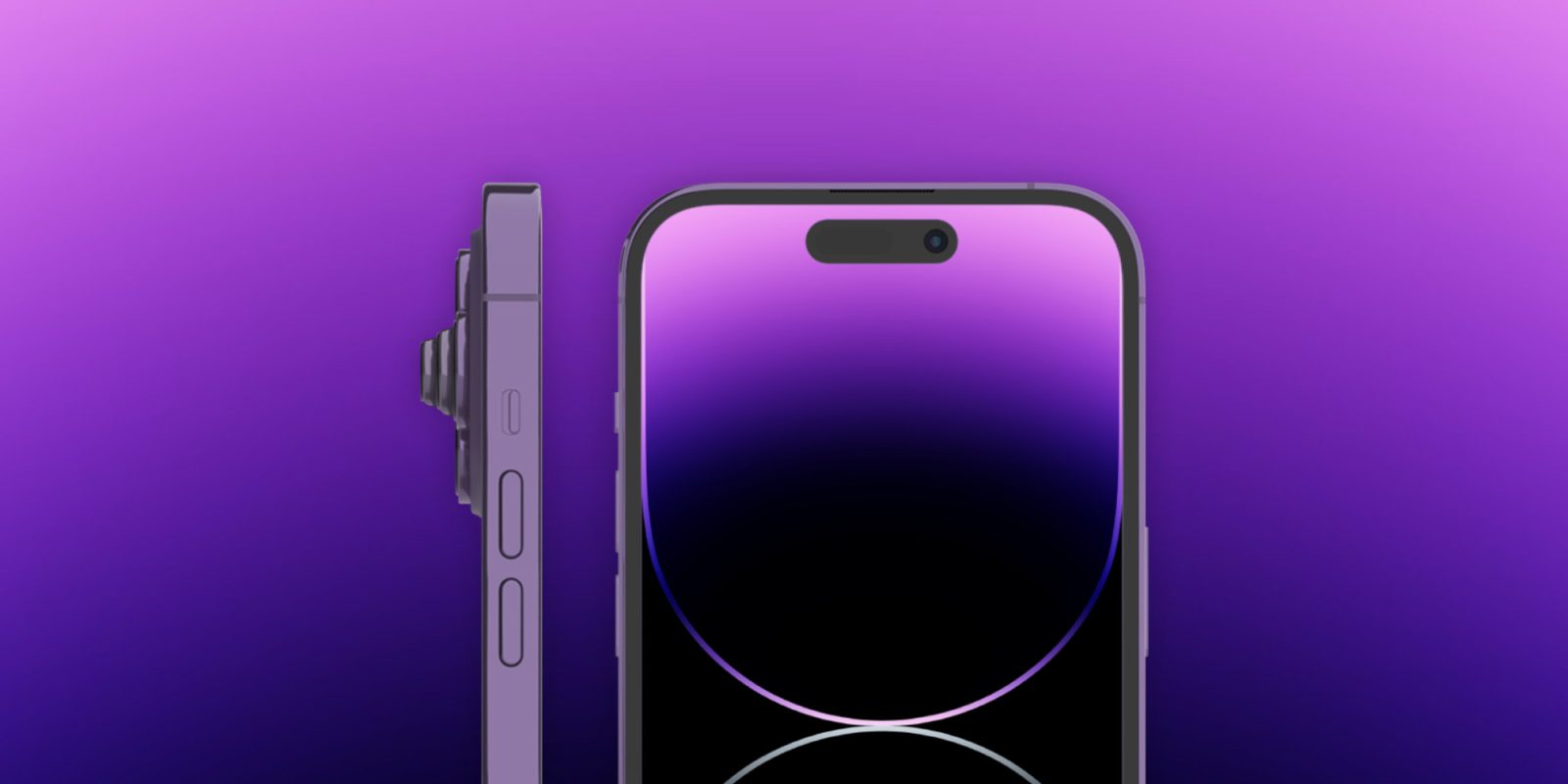
Apple is expected to release its first iPhone with a periscope lens with this year’s iPhone 15 lineup, but rumors say it’ll be limited to only the highest-end iPhone 15 Pro Max. According to a new report from Apple analyst Ming-Chi Kuo, the current expectation is that this exclusivity won’t change for the foreseeable future…
Periscope lens for iPhone 15 and beyond
A periscope lens is one that relies on a prism to reflect light to multiple internal lenses at 90 degrees to the camera sensor. What this means is that the length of the lens can be much longer than a traditional telephoto lens, which in turn means that periscope lenses can offer much better optical zoom capabilities.
For example, the iPhone 14 Pro and iPhone 14 Pro Max both have a telephoto lens that offers 3x optical zoom and 15x digital. Samsung has already made the switch to a periscope lens in its flagship Galaxy S22 Ultra, which offers 10x optical zoom and 100x digital zoom.
The expectation is that the iPhone 15 Pro Max this year will be the first iPhone to switch to a periscope lens. According to Ming-Chi Kuo, Apple’s implementation of the technology will include a 1/3″ sensor that has a 12-megapixel resolution with f/2.8 aperture, sensor-shift stabilization, and up to 6x optical zoom.
Rumors initially indicated that while the periscope lens would be exclusive to the highest-end iPhone 15 model this year, Apple would expand it to the smaller “Pro” phone in 2024. Now, that no longer appears to be the case.

Kuo reports that he now expects only the highest-end iPhone 16 model in 2024 will offer a periscope lens, whether this is called the “iPhone 16 Pro Max” or “iPhone 15 Ultra.”
There are two reasons Apple may have made this decision. It could be that the company views the periscope lens as a way to differentiate the iPhone 16 Pro Max from the iPhone 16 Pro, giving people a reason to spend more on the high-end model. Alternatively, it could be a technical or engineering limitation.
9to5Mac’s Take
As my colleague Ben Lovejoy has written in the past, the switch to a periscope lens could be one of the biggest changes to the iPhone camera hardware in several years. The lack of greater optical zoom (and digital zoom, to a lesser degree) is the major advantage Samsung’s latest flagship devices have over the iPhone lineup.
The fact that the periscope lens will be limited to the big-screen iPhone until at least 2025 is disappointing for people who prefer smaller phones. The bifurcation here is similar to the days of the iPhone 6s, where the iPhone 6s Plus included an optical image stabilization sensor for video and still pictures, unlike the iPhone 6s.
Follow Chance: Twitter, Instagram, and Mastodon
FTC: We use income earning auto affiliate links. More.




Comments